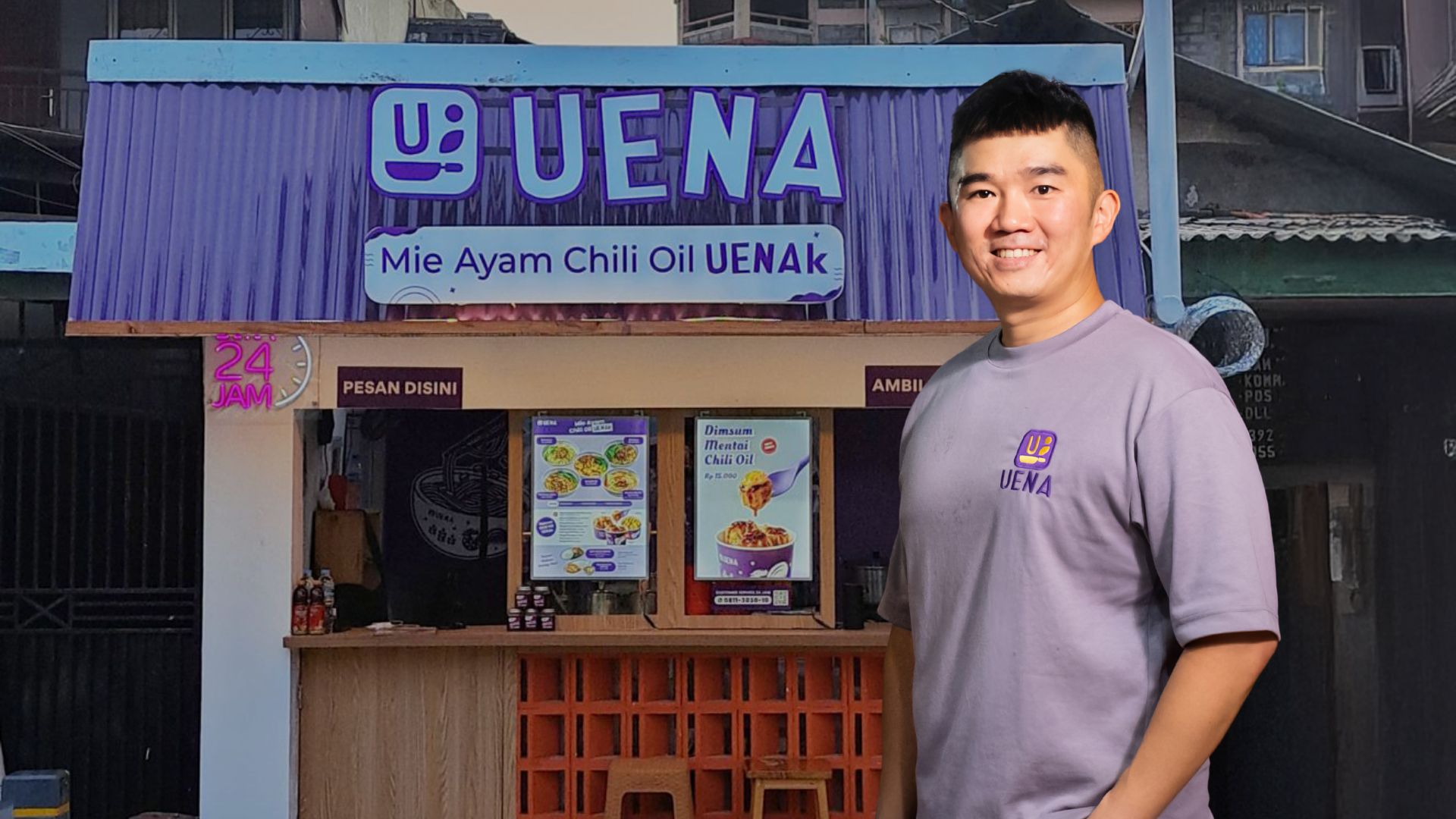From the perspective of Andree Susanto, CEO of Waresix
Indonesia is one of the largest digital players in Southeast Asia and is expected to become one of the greatest in Asia. What are the obstacles to meet these expectations?
With Indonesia’s big population, there is a high demand for logistics. However, the logistic costs are equally high. One of the causes is that Indonesia has many islands, yet infrastructure is concentrated only on a few of them. There are two types of infrastructure development: physical infrastructure and digital infrastructure, and both have to work together. Physical infrastructure is the foundation of digital infrastructure.
What makes Waresix different so it is considered capable of contributing to the acceleration of digitalization in Indonesia?
Logistics is the backbone of all digital economies in Indonesia, particularly in terms of product adoption. Without an effective and integrated logistic infrastructure, whatever happens in e-commerce cannot be delivered. In the logistic ecosystem, there are many truck owners, truck drivers, and transporters who provide deliveries and they are economic heroes. Logistics refers not only to e-commerce logistics, but also includes business-to-business (B2B) logistics, since e-commerce logistics accounts for only 5 to 10% of total logistics, while the remaining 90% serves offline trade.
The critical infrastructure issue is to improve the living standard of the transporter by providing access to digital infrastructure, insurance, and a variety of other services to improve the ecosystem of our transporters. Hopefully, by having strong penetration to every offline logistic player, we can give them better opportunities.
How does Waresix envision Indonesia’s digital skills to fulfill employment demand in the Industry 4.0 era? What should Indonesia’s government do to increase the quality of its digital talent?
Digital talent is categorized into three groups: visionary talent, talent who possess exceptional technical abilities, and talents who are still in the learning process. The challenge is in order to absorb these capacities, we must first determine which skill sets are needed by companies. One of the most crucial aspects is the transfer of knowledge. Therefore, what Indonesian talents need to do is to develop their own skill set outside of working hours.
What are the collaborations that Waresix has had with stakeholders? In order to improve Waresix’s performance in the future, what kind of collaboration will be conducted?
These stakeholders can be seen on both the customer and vendor perspectives. We are building a digital infrastructure that leans more towards the vendor and logistics provider in order to improve the efficiency and utilization of each activity. If we have finished connecting all vendors, we can assist you to streamline a route and then help small vendors develop into large ones. For instance, the Ministry of Health has entrusted Waresix with delivering oxygen concentrators to 4,000 hospitals. In this case, we contributed to the transparency of the distribution process. By digitizing the process, we are supporting local vendors to participate in this activity.
How is the development of the National Logistics Ecosystem (NLE), integration of the digital platform between the government and the commercial sector, particularly to improve logistics cost efficiency?
When we first heard about NLE, we were excited about the government’s ambition to build a one-stop platform for commodities entering Indonesia. Actually, we have prepared all of the APIs that are connected not only to the NLE, but also to other platforms, clients, and ecosystems that could utilize our services. In the future, the most crucial aspect of NLE’s future is its adoption.
Can digitalization help resolve the Indonesian shipping crisis from West to East Indonesia?
Digitization assists us in carrying out the process, whether it is submitting and receiving orders, and at the same time we are gaining a better understanding of more strategic movements based on the data we have. We can learn from the movement in each location, for example, based on meteorological data. We can take preventive measures to improve work efficiency based on this information. Data is also required to support end-to-end partnerships and connect all components of the supply chain.






